Table of Contents
Saudi Aramco is the world’s second-largest company with a market capitalization of over $2 trillion and the world’s largest producer of oil and gas. In terms of production, Saudi Aramco alone produced 9.2 million barrels per day, resulting in 88 million productions in 2020 alone. Even in 2021, the company’s total hydrocarbon production was equivalent to 12.3 million barrels of oil. In the same year, the company exported 6.2 million barrels of oil per day globally. In 2021, the company’s total revenue was more than $360 billion. The company currently employs a total of 68,493 people. How big is Saudi Aramco?
Overview Of Saudi Aramco
The current Saudi Aramco Company began its journey in 1933 with a Concession Agreement with the Standard Oil Company of California or SOCAL, Saudi Arabia, and the United States. Following the completion of the agreement, the new subsidiary was initially named California Arabian Standard Oil Company or CASOC. After surveying the deserts of Saudi Arabia for oil, the company began mining in 1935.
In 1937, SOCAL’s executives consulted with their chief geologist, Max Steineke, about the discovery of oil, which had been going on for a long time. As a result, oil was discovered for the first time in 1938 from well No. 7 in Dammam, dubbed the “Prosperity Well”. Since 1939, the company has started exporting oil to different countries of the world.
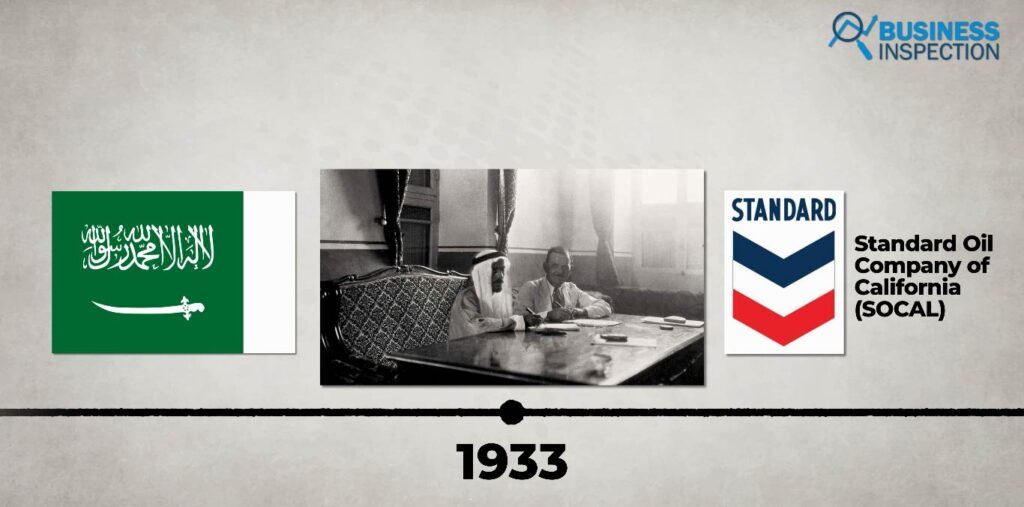
From the late 1940s onwards, Saudi Aramco did not have to look back but continued to achieve success. The company was renamed the Arabian American Oil Company in 1944. By 1949, the company’s daily crude oil production had reached a milestone of 500,000 barrels.
The company next year built a 1,212-kilometer Trans-Arabian Pipeline or Tapline that connects Saudi Arabia to the Mediterranean Sea, with the aim of increasing production as well as distribution. Saudi Aramco also confirmed that it will export oil to Europe quickly and at a low cost.
After two years of continuous exploration in the Arabian Gulf, the company was able to discover the Safaniyah field in 1951, which is now the largest offshore oil field in the world. ARAMCO’s daily crude oil production exceeded 1 million barrels in 1958, and by 1965 it had reached 2 million barrels per day.
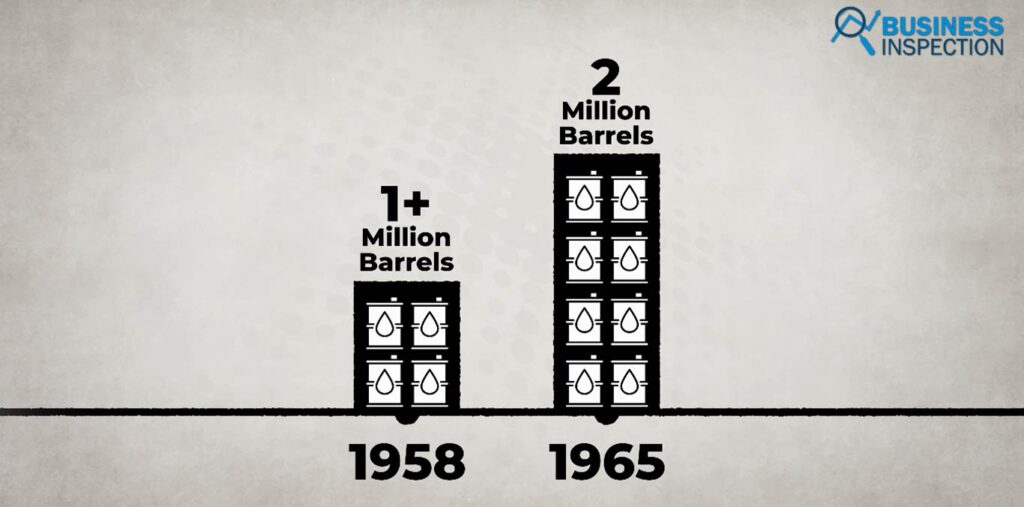
Saudi Aramco underwent several changes during the 19700s and ’80s. As a result, when the Saudi government bought a 25% stake in ARAMCO in 1973, the Saudi government’s stake in ARAMCO reached 60% that year. In 1977, the company began operations on its new Berri Gas Plant.
On the other hand, in 1980 the Saudi government acquired 100% ownership of ARAMCO and in 1984 Ali I. Al-Naimi became the first Saudi president and CEO of the company. Later, in 1988, the Saudi Arabian Oil Company, or Saudi Aramco was officially established. Aramco founded the first international in the USA in 1989, and the first Asian downstream joint venture in South Korea in 1991.
In 2017, Saudi Arabia acquired Motiva, the largest oil refinery in the United States. In 2019, Saudi Aramco was publicly listed on the Saudi Stock Exchange Tadawul. The same year the company was also listed on the London Stock Exchange. According to CNN Business, the company launched the world’s largest IPO in the same year, releasing 1.5 percent of its stock to the market.
In February 2022, according to a report by economic times, 4% or about 80 billion of the remaining shares of ARAMCO were transferred to Saudi Arabia’s public investment fund, the Sovereign Wealth Fund. As a result, the remaining 94% ownership of Saudi Aramco remains with the Saudi government.
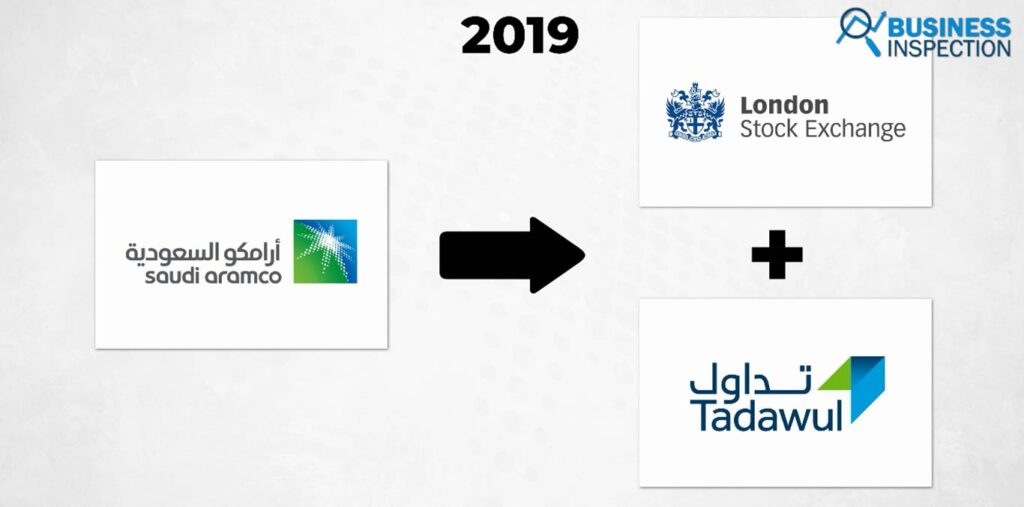
How Big?
With a market cap of over $2 trillion in terms of market capitalization, Saudi Aramco secured a position after the world’s largest company Apple. Even the 3rd to 5th place after ARAMCO is one of the three tech companies in the world Microsoft, Google’s parent company Alphabet, and e-commerce giant Amazon. On the other hand, according to Aramco’s annual report, in 2021, the company generated more than $360 billion in revenue from sales of oil, gas, and other hydrocarbon by-products.

In other words, in addition to being second only to market capitalization, ARAMCO’s revenue is even higher than that of the world’s largest tech giants like Google, Samsung, and Microsoft.
| Company | Revenue (in Billions) |
| 256,7 | |
| Samsung | 244.3 |
| Microsoft | 168 |
On the other hand, Saudi Aramco has the highest revenue among other oil and gas companies.
| Company | Revenue (in Billions) |
| CNPC | 321.01 (2020) |
| Exxon Mobil | 276.6 |
| SHELL | 261.5 |
| BP | 157.7 |
| CHEVRON | 155.6 |
According to a CNBC report, Saudi Aramco’s net income rose 124% to $110 billion (109.972 billion) in 2021 from $49 billion a year earlier. At the same time, other oil companies such as Exxon Mobil, Shell, CNPC, and BP had net incomes of only $23.04 billion, $20.1 billion, $15.79 billion, and $7.5 billion. This gives a good idea of how big Saudi Aramco is.
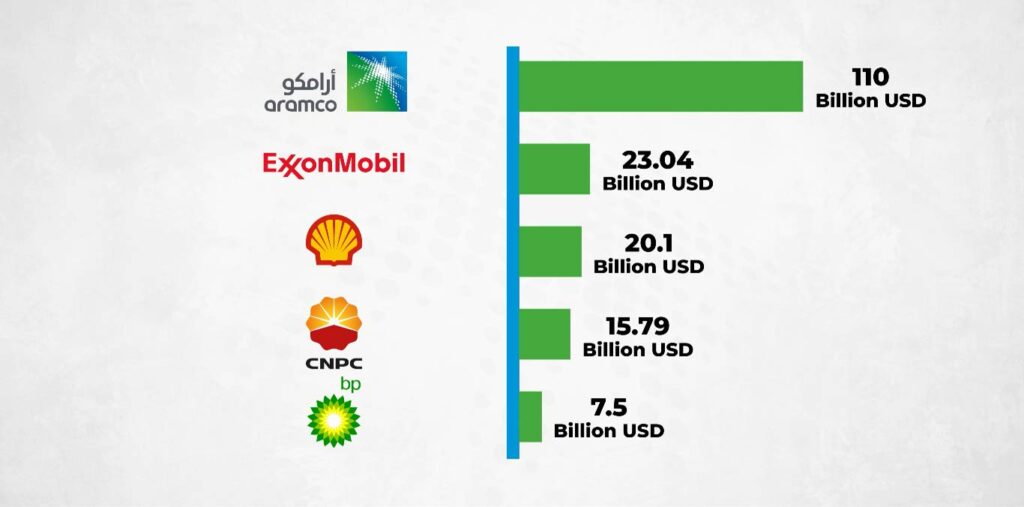
Moreover, when it comes to how big Saudi Aramco is, we have to talk about its products. Saudi Aramco simultaneously produces oil, gas, chemicals, lubricants, refined products, retail fuel, and power systems. The Saudi government has given exclusivity to Saudi Aramco to extract oil and gas from all the oil and gas wells in Saudi Arabia. In other words, only Saudi Aramco extracts oil and gas from all oil and gas wells in Saudi Arabia to meet local and global demand.
According to the company’s annual report, Saudi Aramco has crude oil and natural gas production facilities in 15 cities in Saudi Arabia, including safaniya, tanajib, manifa, khurais, and midyan. Saudi Aramco currently produces oil and gas from more than 200 fields. In 2021, the total reserves of hydrocarbons in all the company’s wells in operation amounted to 253.6 billion barrels of oil, compared to more than 196.9 billion barrels of crude oil. As a result, ARAMCO’s oil and gas production activities generate about 87% of Saudi Arabia’s budget, 42% of GDP, and 90% of export earnings.
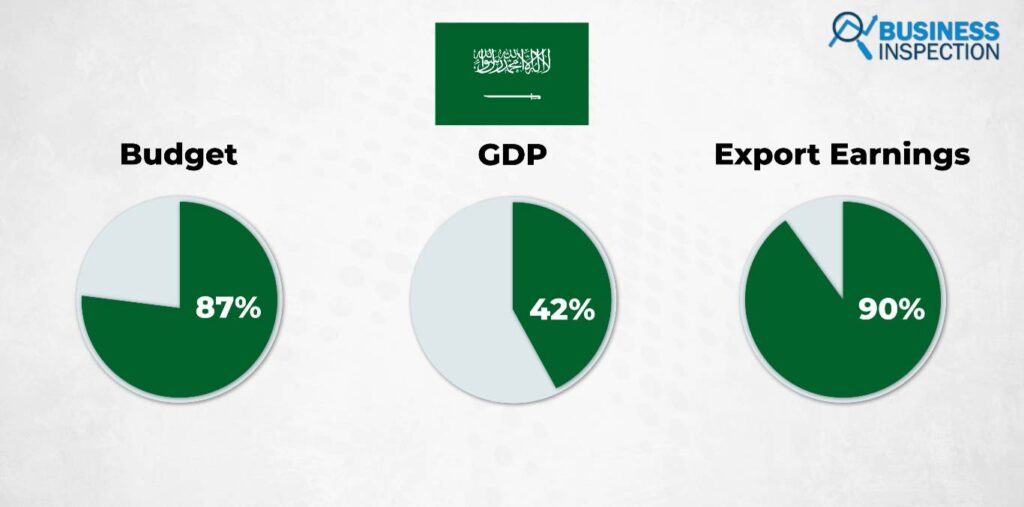
Exxon Mobil and Shell’s reserves amounted to 7.4 billion, and 9.3 billion, respectively, and BP’s total reserves of hydrocarbons amounted to 16.95 billion barrels of oil, compared to 3.8billion barrels of crude oil. In addition, according to the Annual Report, as of December 31, 2021, Saudi Aramco’s total natural gas reserves amounted to 1,94,453 billion standard cubic feet or 31 billion barrels of oil. Exxon Mobil’s reserve of natural gas amounted to only 38,175 billion standard cubic feet.
Saudi Aramco mainly produces 5 different grades of oil: Arabian Heavy, Arabian Medium, Arabian Light, Arabian Extra Light, and Arabian Super Light. In 2020, Saudi Aramco alone produced 9.2 million barrels of crude oil per day, out of a total of 88.39 million barrels of oil produced worldwide. Which is more than 10% of the total daily production of that year.
In addition, in the year 2021, the company was able to produce 9.2 million barrels of oil per day. Exxon Mobil’s production was just 1.5 million barrels per day, and BP’s daily oil production was 1.85 million barrels. According to a Statista forecast, in 2021 the global crude oil demand was projected at 91 million barrels per day. In that year ARAMCO itself delivered 6.2 million barrels per day internationally.
On the other hand, Shell sold 4.4 million barrels of oil per day globally that year. In addition to oil, Saudi Aramco began producing gas in the mid-1970s. At present, Saudi Aramco has the biggest contribution in making Saudi Arabia the 7th largest natural gas market in the world. The company alone is supplying natural gas throughout Saudi Arabia.
In addition, the world’s largest oil refining business is under ARAMCO. In 1945, the Ras Tanura refinery started producing refined products of Saudi Aramco. Since then the company has been producing a variety of refined products such as LPG, naphtha, gasoline, jet fuel or kerosene, diesel, heavy fuel oil, and asphalt.
Saudi Arabia supplies refined products to more than 17,000 service stations around the world, including 5,300 locations in the USA, more than 5,200 locations in China and South Korea, 6,500 locations in Japan, and 270 service stations in Saudi Arabia.
As of December 31, 2021, ARAMCO’s gross refining capacity was 6.8 million barrels per day, and its net refining capacity was 4 million barrels per day. In addition, ARAMCO has a total of 12 refining, petrochemical, and manufacturing facilities across Saudi Arabia alone, accounting for 64% of ARAMCO’s total net refining capacity. In addition, in 2021, Saudi Aramco has a global production capacity of 53.8 million tons per year in more than 50 countries.
According to the company’s annual report, Saudi Aramco’s total assets amounted to 576.71 billion in 2021. However, the total assets of the world’s top tech giant Apple, which is ahead of ARAMCO in valuation, is $351 billion.
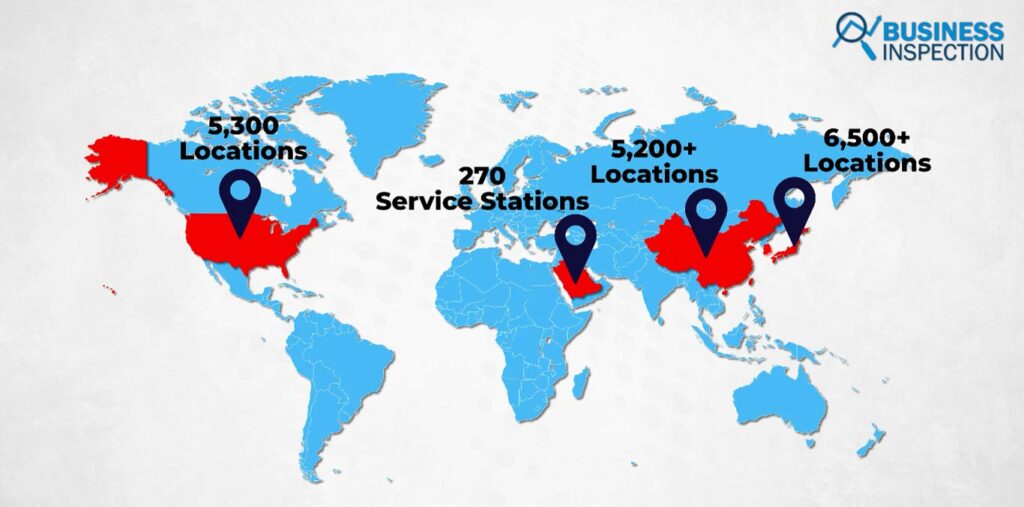
Around the world, Saudi Aramco operates its business through 87 wholly-owned, 172 partially-owned, 12 Joint Operations, 35 Joint Ventures, and 9 Associates. As a result, Saudi Aramco owns a company in each sector, starting from oil mining from wells to refining it and making it available to customers delivery in every step of production and refining.
Saudi Aramco operates two of its own shipping companies, the National Shipping Company of Saudi Arabia, Bahri (20%), and the International Shipping and Transportation Co. Using ISTC (69.3%). Of these, Bahri owns about 90 vessels, through which Saudi Aramco transports its petroleum and other products. In addition, another shipping company is delivering products to the Middle East through MMA Offshore’s two-vessel MMA Centurion, and MMA Chieftain.
In addition, according to a 2017 report, Saudi Aramco has 21,000 kilometers of oil and gas pipelines through which the company supplies oil and gas to Middle Eastern and European countries. Although currently Aramco Gas Pipelines Company and Motiva Pipeline LLC are two full-fledged pipeline companies. Aramco Oil Pipelines Company (51%), and Petrochemical Pipeline Services B.V (70%) are two partially owned companies operating to maintain and expand these gas pipelines.
ARAMCO owes 6.9% to Saudi Arabia’s National Electricity Utility Company and 42.2% to Marafiq, a company that supplies electricity to the industrial areas of Jubail and Yanbu. In 2021, Saudi Aramco generated a total of 5.2 gigawatts of power, of which used 3.3 gigawatts to meet internal demand, and the remaining 1.3 gigawatts of spilled power were transferred to the national grid. Saudi Aramco has become one of the leading base oil brands globally through its three major base oil producers and marketers, Luberef, Motiva, and S-Oil. In addition, the company was able to sell a total of 4.5 million tons of base oil in 2021.

Saudi Aramco has expanded its business into three major global markets: Asia, Europe, and North America. As a result of global expansion, Saudi Aramco has offices in 14 cities in Asia, Europe, and North America, including Bejing, Kuala Lumpur, London, New Delhi, New York, Singapore, and Tokyo.
In addition, ARMCO has 11 Global Research Centers and Technology Offices, 2 in Saudi Arabia, 3 in the USA, and one each in Scotland, China, South Korea, the Netherlands, Russia, and France. Some of the major subsidiaries of Saudi Aramco are Arlanxeo in the Netherlands, Hyundai Oilbank in South Korea, Motiva in Texas, and Saudi Basic Industries Corporation or SABIC.
These subsidiaries of the company provide a wide range of services such as financial support, supply chain management, technical support, and various types of administrative support. In addition, Saudi Aramco’s US-based subsidiaries provide support and services, ranging from sourcing goods and services to economic and political analysis and even transportation, delivery, and storage of refined oil or unrefined oil from Saudi.



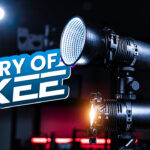

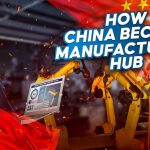
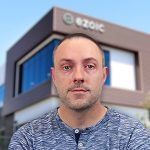




Leave a Comment